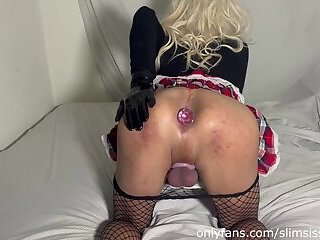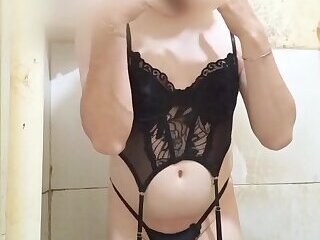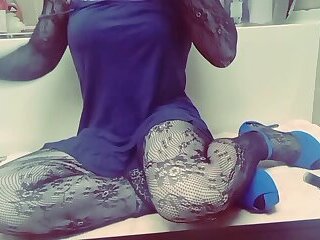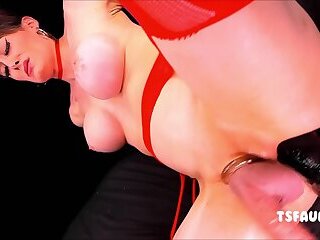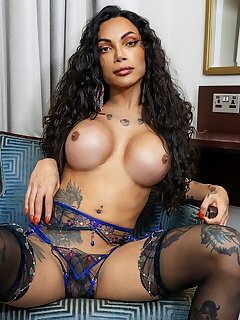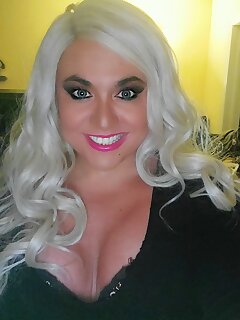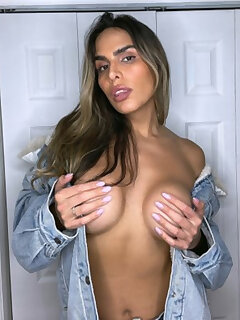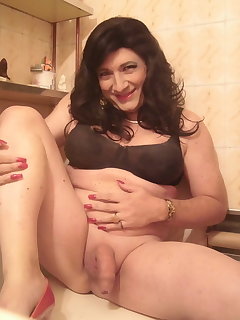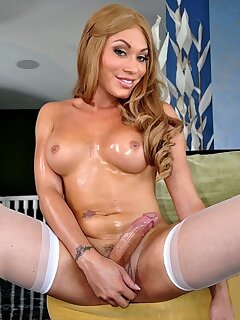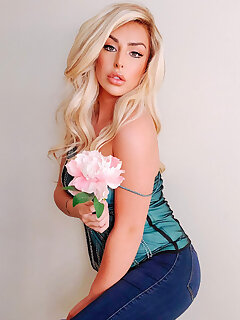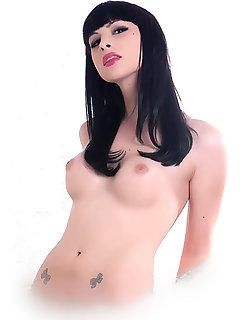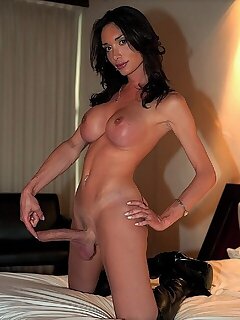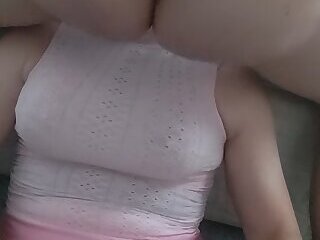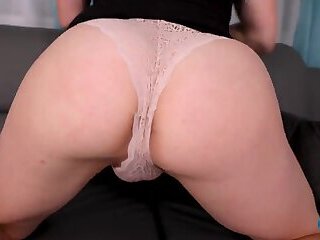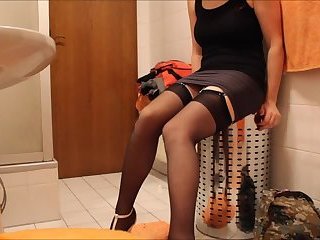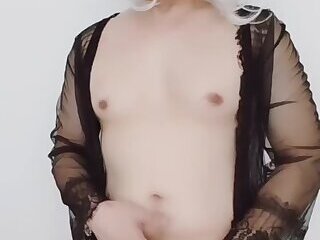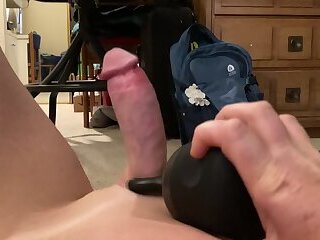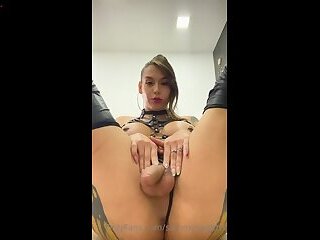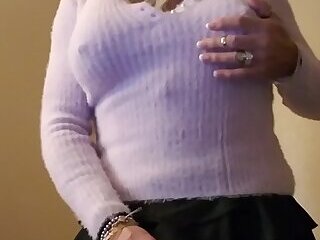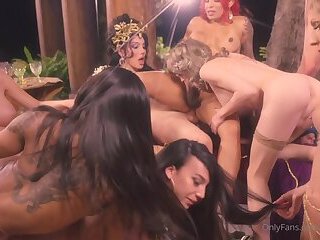Framing Erotica
Erotica--especially the stories that men write--are only slightly less guilty than such cartoons are of dehumanizing and objectifying women, of reducing them to the level of things rather than portraying them as human beings, a criticism that many feminists have argued concerning erotic literature, or "pornography," as they are wont to call fiction that concerns itself with sexual conduct and themes. It seems clear that such critics have some valid points in this regard. All men are Pygmalion who want women to be their Galatea. However, on a broader scale, such reification seems inevitable, both in erotica and all other genres of literature. It is impossible, after all, to write of all persons, places, things, qualities, and ideas at the same time. To write at all, one must be selective, and to be selective is to include, to prefer, to elect, to nominate, to appoint, and to value, just as it is also to reject, to ignore or to replace, and to devalue.
Whether his or her subjects are a man and a woman, two men, two women, a man and a shemale, a woman and a shemale, or some combination of these possibilities, individual or collective, the writer of erotica (like writers of literature in general) must further isolate them by inclusion and exclusion, in this paragraph describing breasts, for example, and in the next buttocks, before, in subsequent paragraphs, describing penises, testicles, vaginas, legs, and so forth. Both because erotic literature chooses sexual organs and sexual acts as its subject matter and because of the very nature of language itself as a process of revelation through the stringing together of syntactical elements in phrases, dependent clauses, sentences, paragraphs, and chapters, according to chronological sequence and grammatical requirements, erotic literature is reductive, dehumanizing, and objective. It can't be otherwise.
To provide depth and context to the description of bodies in collision, writers of erotica must employ the same set of tools that any other author uses to accomplish this feat: figures of speech (especially metaphor), analogy, symbolism, juxtaposition, and other poetic and rhetorical devices.
Advertisment
- Plastic Surgery Bimbo Trans Loves Bareback
- Fucking my boyfriends ass
- Crossdresser holly wanking and cumming as guy cums in my mouth
- Crossdresser Holly sucking a young man's dick
- Irresistible Dahlia Bloom
- Crossdress Stockings
- BBW la grossa salsicca
- TS domination
- Alyssa Teasing and cumming
- No Need For Names.13



